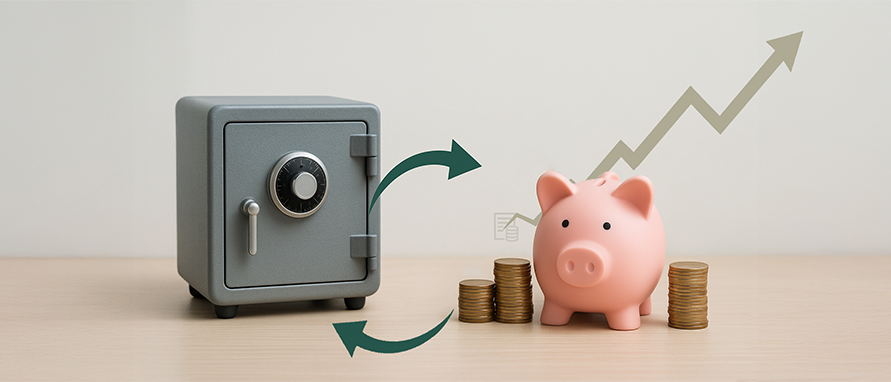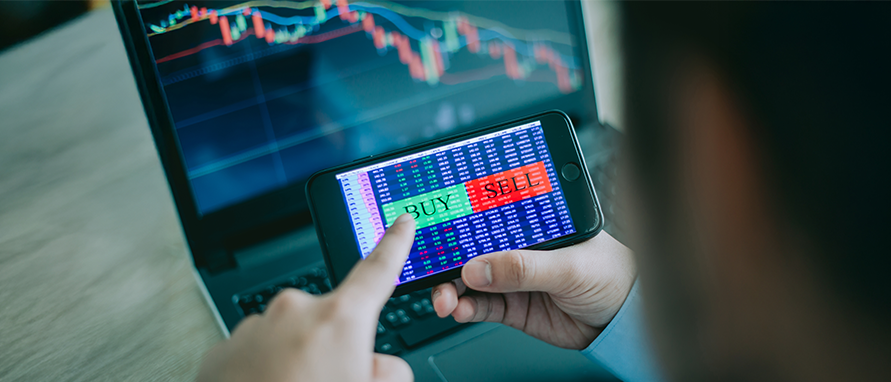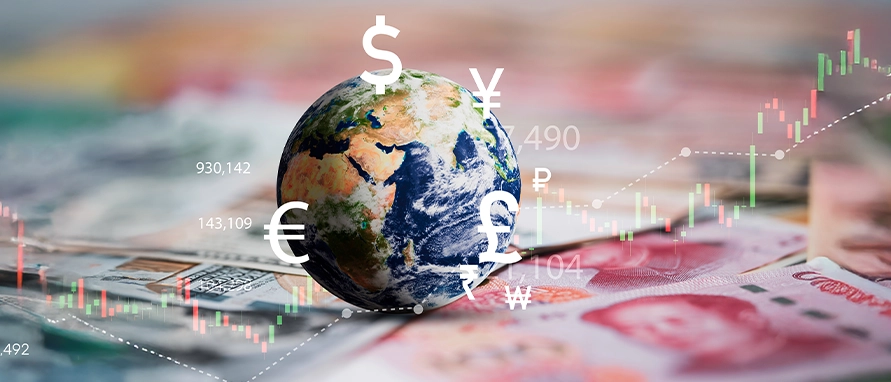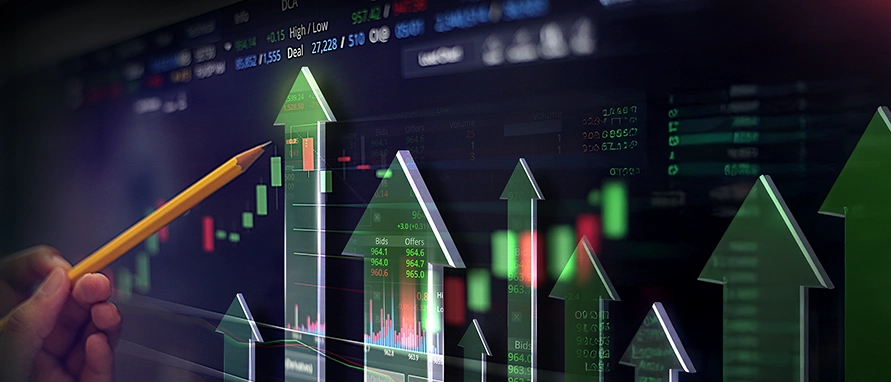-
Our ProductsLoansCardsInsuranceInvestmentsStock MarketElectronics MallCIBIL ScoreKnowledge CentreAcademyCalculators
- Our Services
- My Account
- Discover
What is the Average Trade Price in the Stock Market?
In the fast-moving world of stock trading, analysing every single trade can be overwhelming. Investors and traders often look for simplified indicators that summarise market activity. One such important measure is the Average Trade Price (ATP). By understanding ATP, beginners can interpret market trends better and make informed decisions without giving in to market noise.
Meaning of Average Trade Price (ATP)
The Average Trade Price (ATP) represents the average price at which a stock is traded during a trading session. It helps traders determine the overall trhttps://docs.google.com/document/d/1UxrH_bkvd4EraZNGZbH5_BGey75o1s9z1gzIxzYdprw/edit?tab=t.0#heading=h.ghamr3mnflfsend of a stock’s price without focusing on every individual trade.
In simple terms, ATP reflects the weighted average price of all trades for a particular stock during the day.
How Average Trade Price Works
Average Trade Price (ATP) reflects the typical price at which a stock has been traded over a specific period, usually a trading day. It considers all trades that took place and gives more importance to trades with higher volumes. This helps present a fair picture of the stock’s overall trading level during that period, rather than focusing on a single trade or the last traded price.
Formula for Calculating Average Trade Price
The ATP is calculated using the weighted average principle, giving more importance to prices with higher traded volumes.
Formula: Average Trade Price (ATP) = (Sum of [Price × Quantity]) ÷ (Total Quantity Traded)
Where:
Price = Price of each trade
Quantity = Number of shares traded in that transaction
Total Quantity Traded = Sum of all shares traded for that stock in a session
Example:
Trade 1: 100 shares at ₹50 → ₹5,000
Trade 2: 200 shares at ₹52 → ₹10,400
Trade 3: 50 shares at ₹48 → ₹2,400
Total Value = ₹17,800
Total Quantity = 350 shares
ATP = ₹17,800 ÷ 350 = ₹50.85 per share
This gives a clearer reflection of market consensus for that stock during the day.
Importance of Average Trade Price in Trading
Understanding ATP is useful for both retail and professional traders because it provides insights into the market sentiment and price stability:
Market Trend Indicator: If the current market price is above ATP, it indicates bullish sentiment, while prices below ATP often indicate bearish pressure.
Helps in Trade Entry and Exit: Traders often compare live prices with ATP to decide optimal entry or exit points.
Intraday Trading Reference: ATP acts as a reference price for short-term traders who rely on intraday movements.
Supports Decision Making: By providing a weighted view of trades, it reduces noise from sudden price spikes or small-volume trades.
Difference Between ATP and VWAP
Many beginners confuse ATP (Average Trade Price) with VWAP (Volume Weighted Average Price), but they serve different analytical purposes:
| Feature | Average Trade Price (ATP) | Volume Weighted Average Price (VWAP) |
|---|---|---|
| Calculation Basis |
Weighted by trade quantities |
Weighted by cumulative trading volume |
| Usage |
Intraday trading & trend checking |
Benchmarking for institutions |
| Focus |
Average of all trades executed |
Average price considering cumulative volume |
This comparison highlights how ATP is a simpler and trade-focused metric, while VWAP is more institutional and comprehensive in nature.
Benefits of Using Average Trade Price
By incorporating ATP into your market monitoring strategy, traders can gain valuable insights:
Simplified Market View: Helps understand price trends without tracking each trade individually.
Better Timing: Identifies favorable moments for entering or exiting trades.
Avoids False Signals: Focuses on volume-weighted trades, filtering out low-volume price fluctuations.
Useful for Intraday Trading: ATP is especially helpful for day traders seeking quick insights.
Limitations of Average Trade Price
Despite its usefulness, ATP has certain limitations that traders must be aware of:
Intraday-Only Indicator: ATP resets daily and is not ideal for long-term analysis.
No Prediction of Future Prices: ATP reflects current market behavior, not future trends.
Volume Dependency: Low-volume stocks may show misleading ATP values.
By understanding both its advantages and limitations, traders can use ATP effectively in combination with other market indicators.
Conclusion
The Average Trade Price (ATP) is an essential tool for understanding market sentiment during a trading day. By considering both price and quantity of trades, it helps traders simplify decision-making and avoid emotional reactions to volatile markets. While it is not a predictive tool, ATP serves as a practical guide for intraday analysis and can be combined with other indicators for more informed trading.
Disclaimer
This content is for informational purposes only and the same should not be construed as investment advice. Bajaj Finserv Direct Limited shall not be liable or responsible for any investment decision that you may take based on this content.
FAQs
What is the average trade price in simple terms?
ATP is the weighted average price of all trades executed in a stock during a trading session.
How is ATP different from the last traded price (LTP)?
LTP shows the most recent trade price, while ATP reflects the average price of all trades for that session.
Is ATP useful for long-term investors?
No, ATP is primarily an intraday indicator and not designed for long-term portfolio decisions.
Can ATP help in identifying market trends?
Yes, when the current price is above ATP, it generally indicates a bullish trend, and vice versa.
Is ATP the same as VWAP?
No, ATP is simpler and trade-specific, whereas VWAP includes cumulative volume for deeper institutional analysis.
With a Postgraduate degree in Global Financial Markets from the Bombay Stock Exchange Institute, Nupur has over 8 years of experience in the financial markets, specializing in investments, stock market operations, and project management. She has contributed to process improvements, cross-functional initiatives & content development across investment products. She bridges investment strategy with execution, blending content insight, operational efficiency, and collaborative execution to deliver impactful outcomes.
Related Blogs

Anshika

Anshika
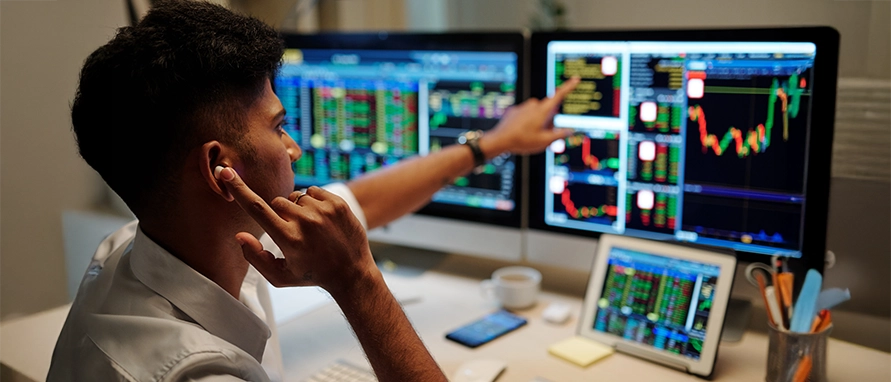
Nupur Wankhede
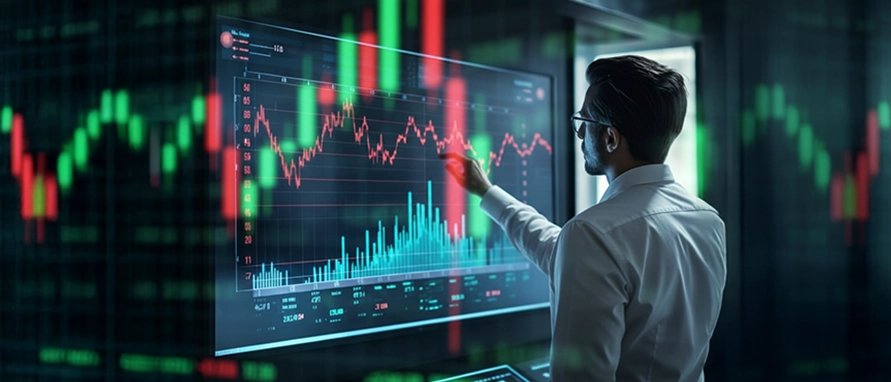
Nupur Wankhede

Roshani Ballal
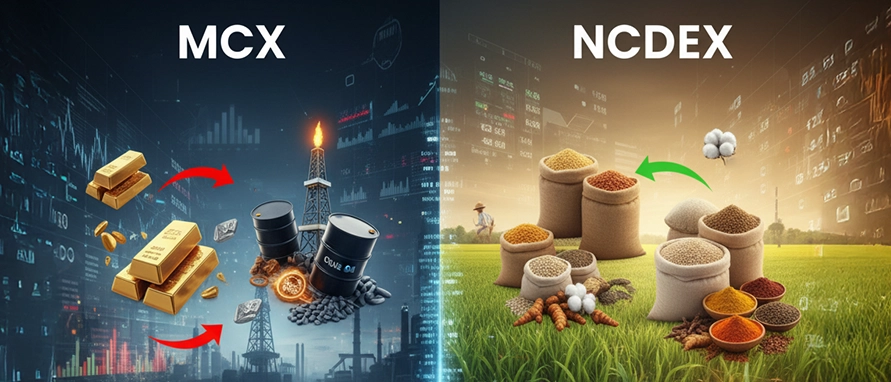
Nupur Wankhede
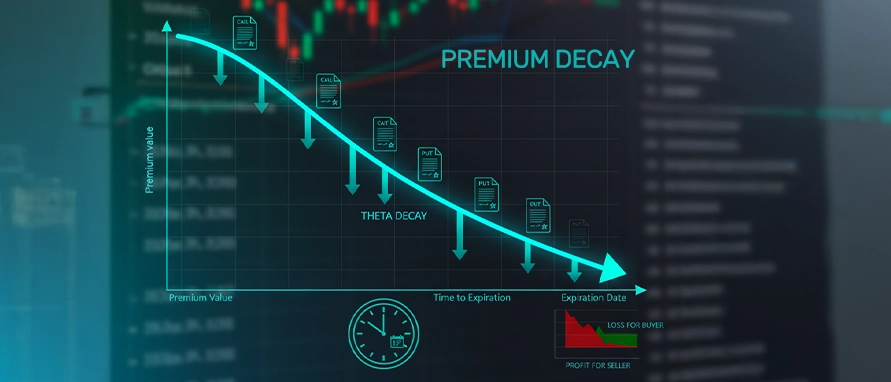
Anshika

Roshani Ballal

Geetanjali Lachke

Roshani Ballal
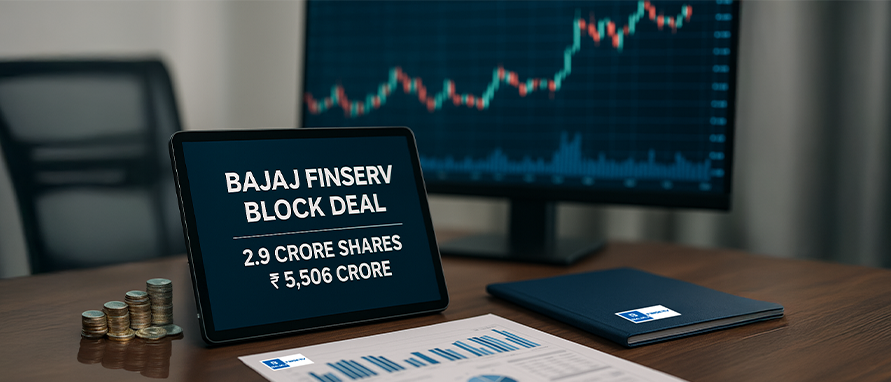
Geetanjali Lachke

Geetanjali Lachke

Nupur Wankhede
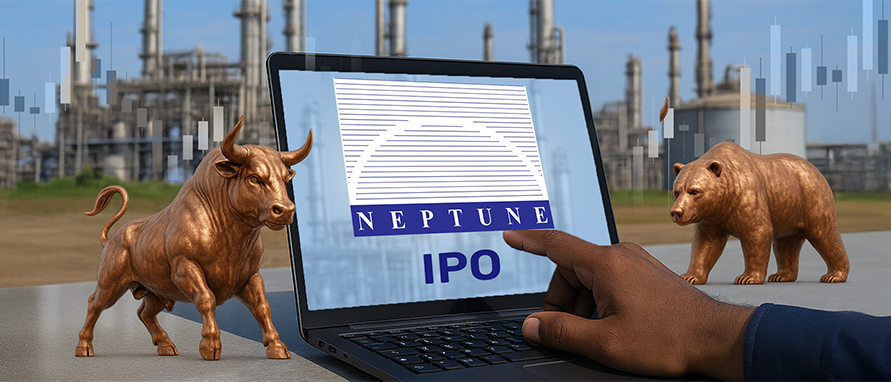
Roshani Ballal

Roshani Ballal

Roshani Ballal
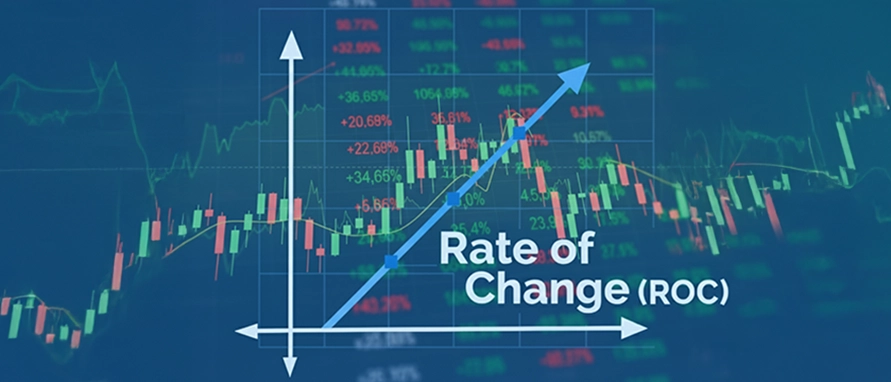
Nupur Wankhede
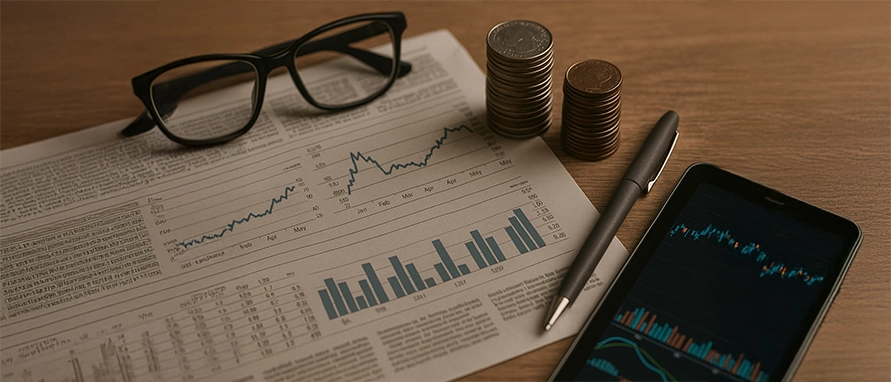
Anshika
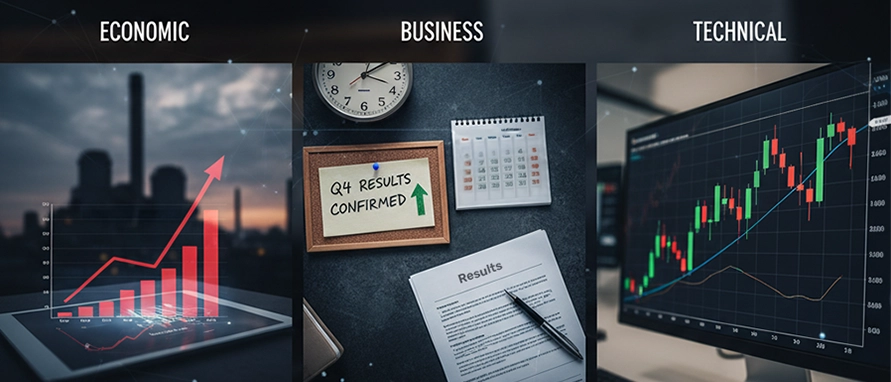
Anshika
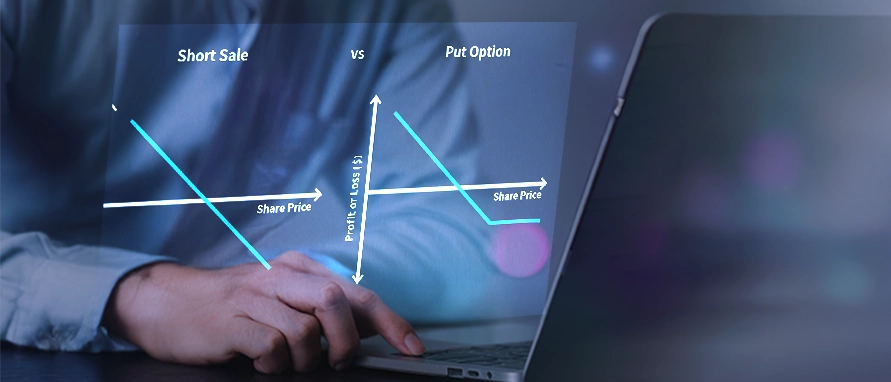
Nupur Wankhede

Nupur Wankhede

Anshika
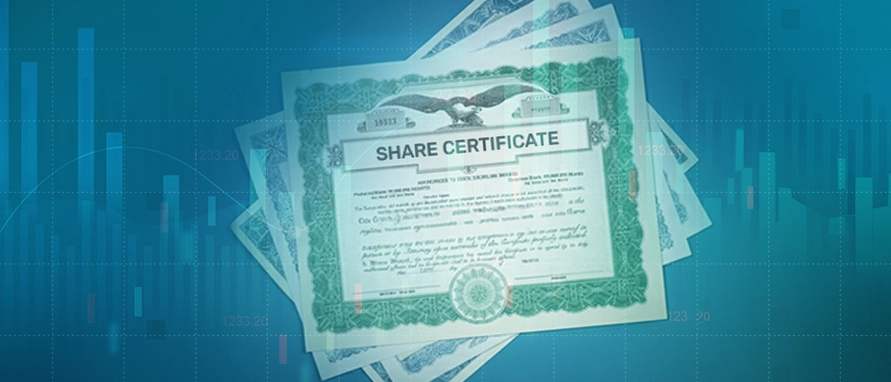
Nupur Wankhede

Anshika

Geetanjali Lachke

Roshani Ballal

Anshika
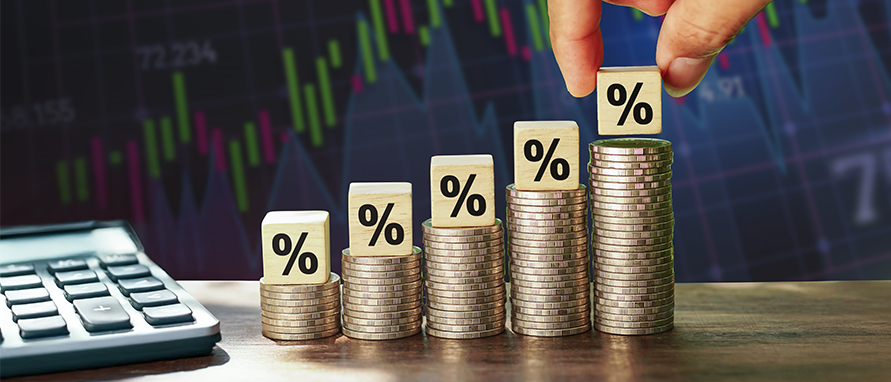
Anshika

Nupur Wankhede
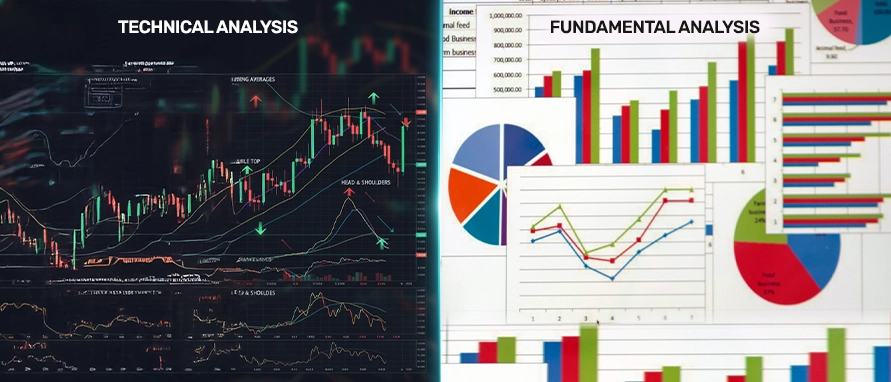
Anshika

Nupur Wankhede

Nupur Wankhede

Geetanjali Lachke

Roshani Ballal

Roshani Ballal

Geetanjali Lachke
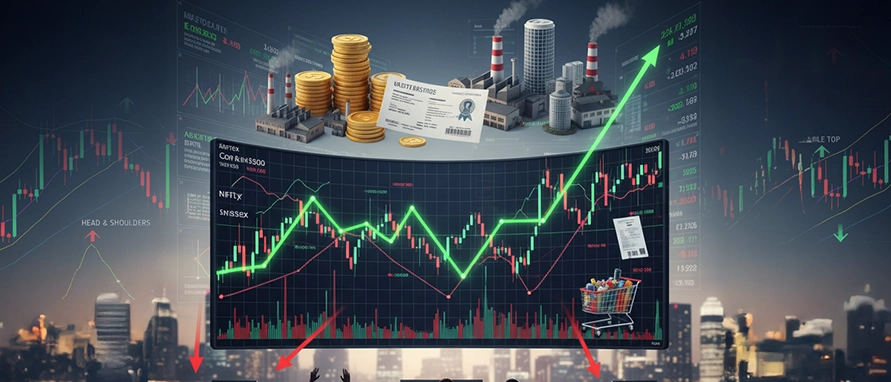
Nupur Wankhede

Anshika

Nupur Wankhede

Nupur Wankhede
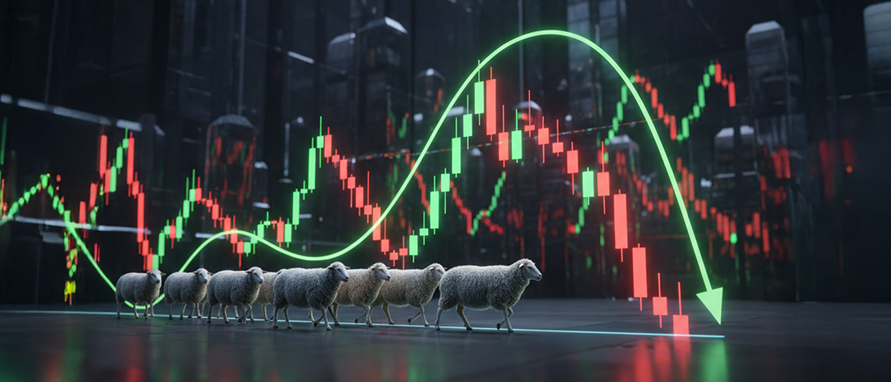
Nupur Wankhede

Nupur Wankhede

Nupur Wankhede

Nupur Wankhede

Nupur Wankhede

Geetanjali Lachke

Geetanjali Lachke

Roshani Ballal

Nupur Wankhede
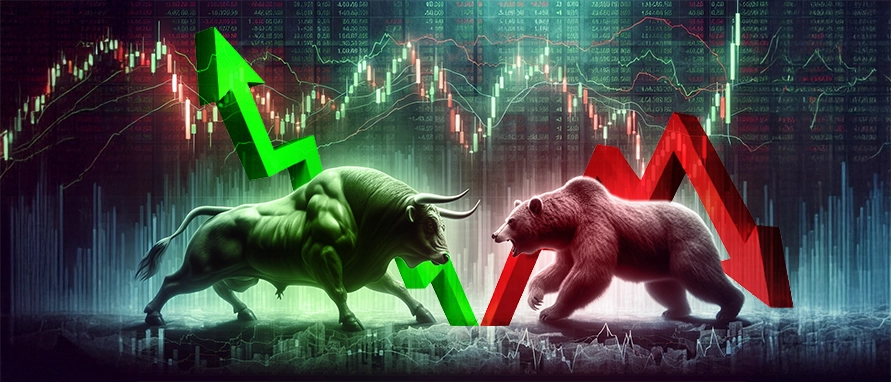
Anshika

Anshika

Nupur Wankhede

Nupur Wankhede

Nupur Wankhede

Nupur Wankhede

Nupur Wankhede
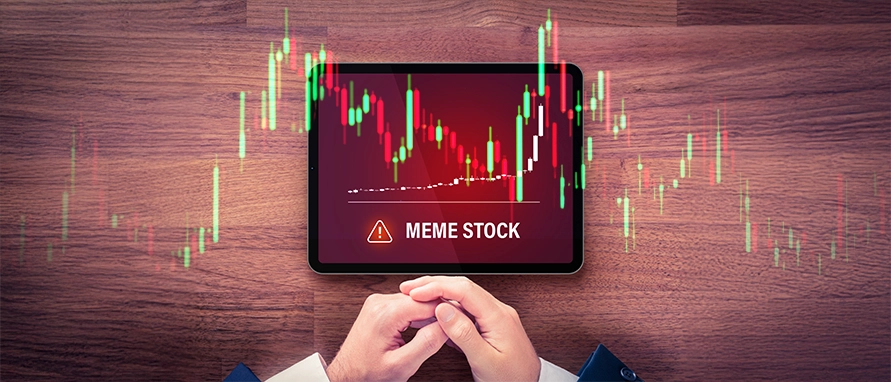
Nupur Wankhede

Nupur Wankhede

Nupur Wankhede
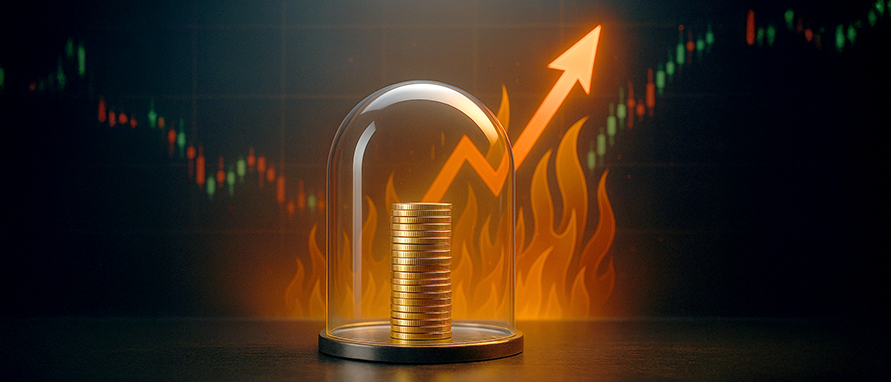
Nupur Wankhede

Nupur Wankhede

Nupur Wankhede

Nupur Wankhede

Roshani Ballal

Anshika
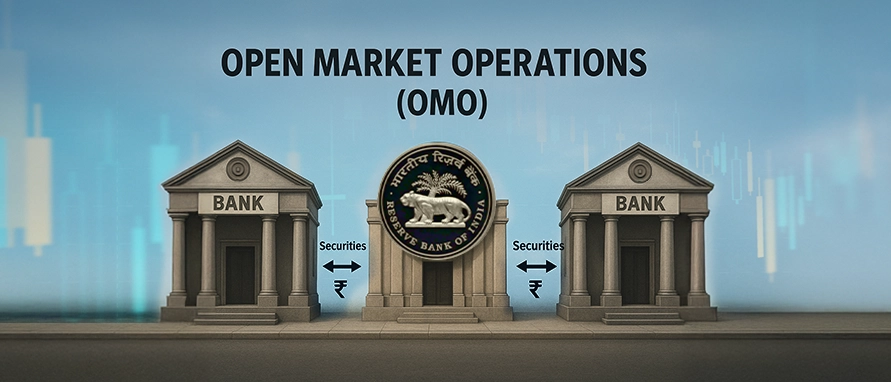
Nupur Wankhede

Geetanjali Lachke
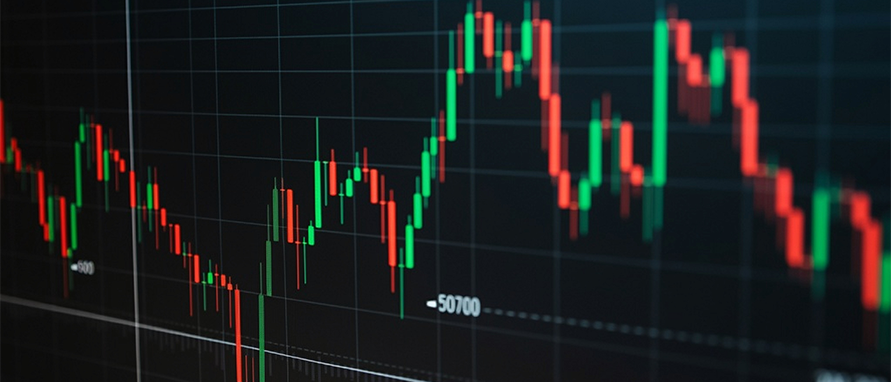
Nupur Wankhede

Nupur Wankhede

Anshika

Anshika

Nupur Wankhede
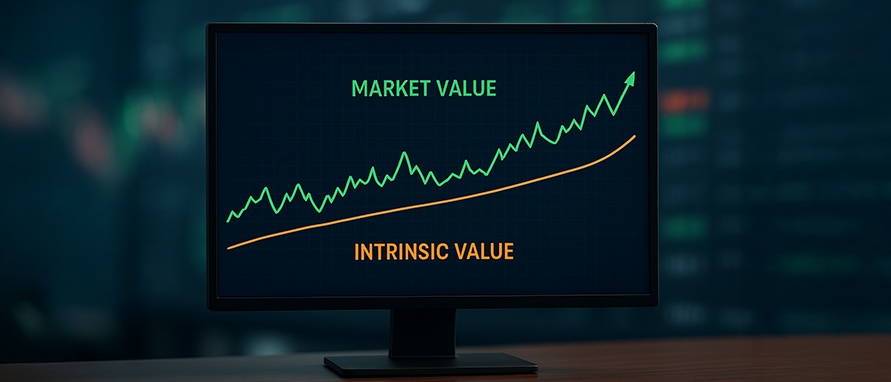
Anshika

Anshika
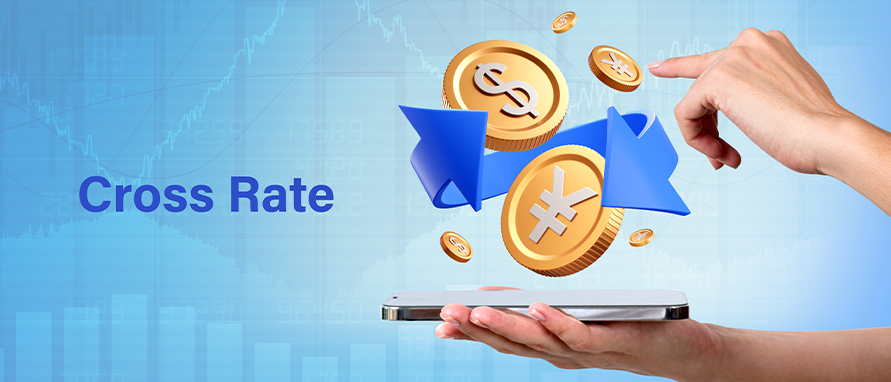
Nupur Wankhede
.webp)
Nupur Wankhede

Nupur Wankhede

Nupur Wankhede
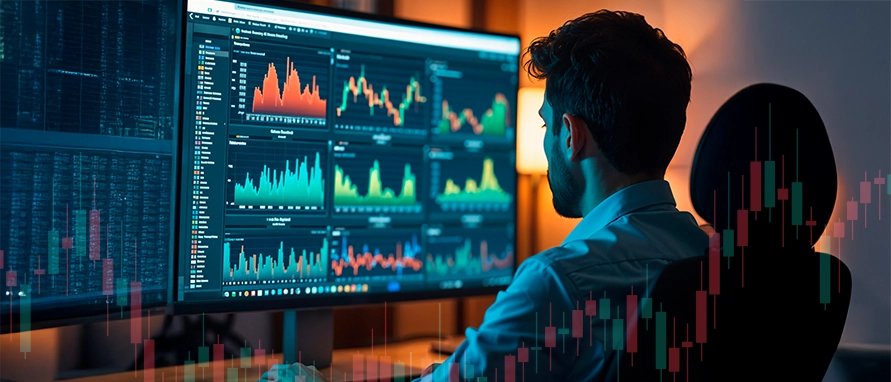
Nupur Wankhede
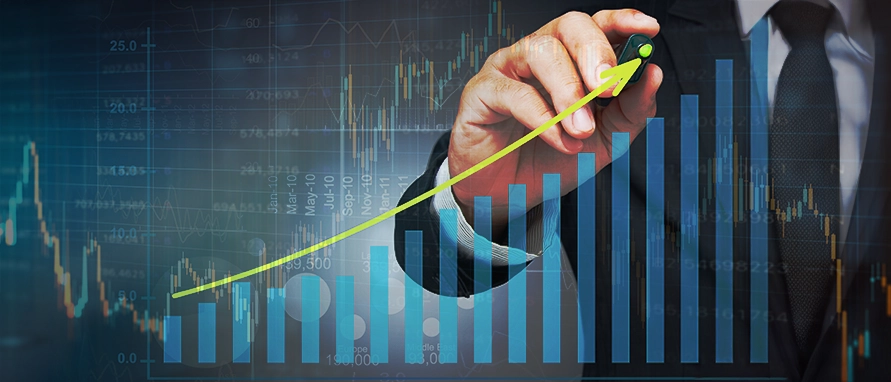
Nupur Wankhede

Nupur Wankhede
.webp)
Nupur Wankhede

Nupur Wankhede

Nupur Wankhede

Nupur Wankhede
-in-India.webp)
Nupur Wankhede

Nupur Wankhede

Nupur Wankhede

Anshika

Nupur Wankhede

Nupur Wankhede

Anshika

Anshika

Nupur Wankhede
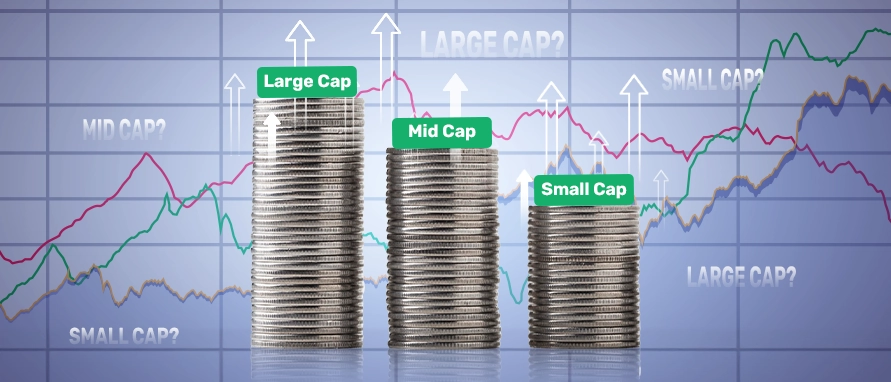
Nupur Wankhede

Nupur Wankhede

Nupur Wankhede

Nupur Wankhede
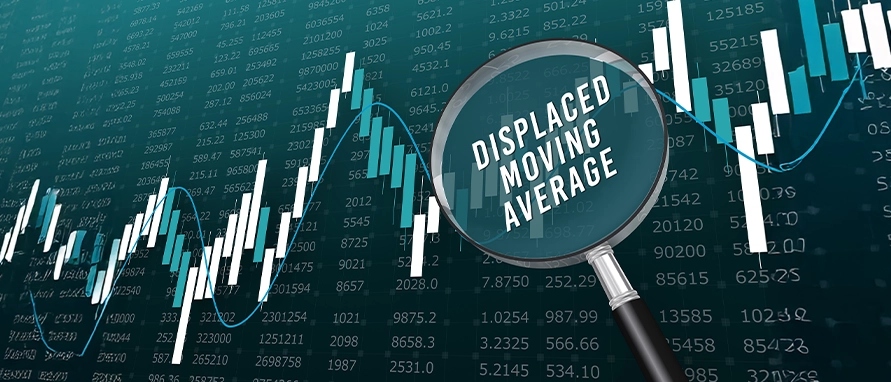
Nupur Wankhede
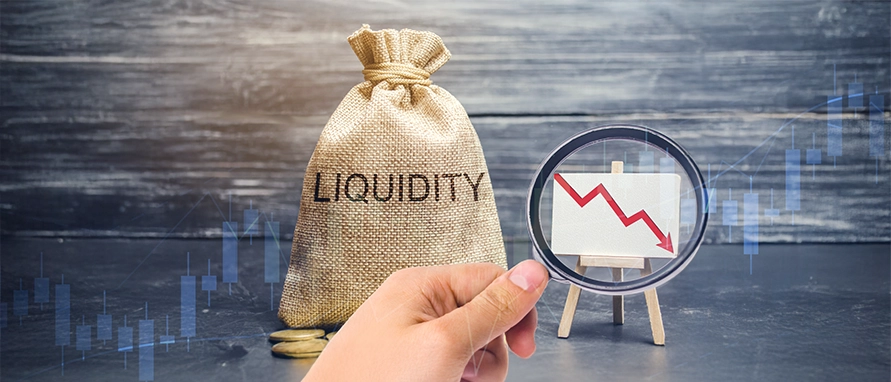
Nupur Wankhede
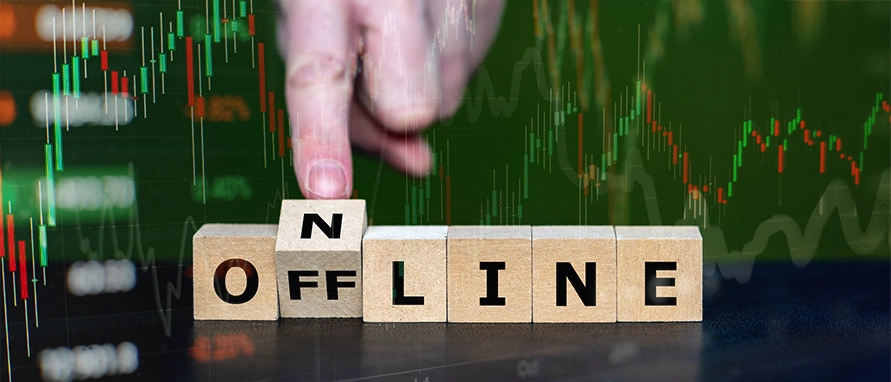
Nupur Wankhede

Anshika

Nupur Wankhede

Nupur Wankhede

Nupur Wankhede

Nupur Wankhede

Anshika
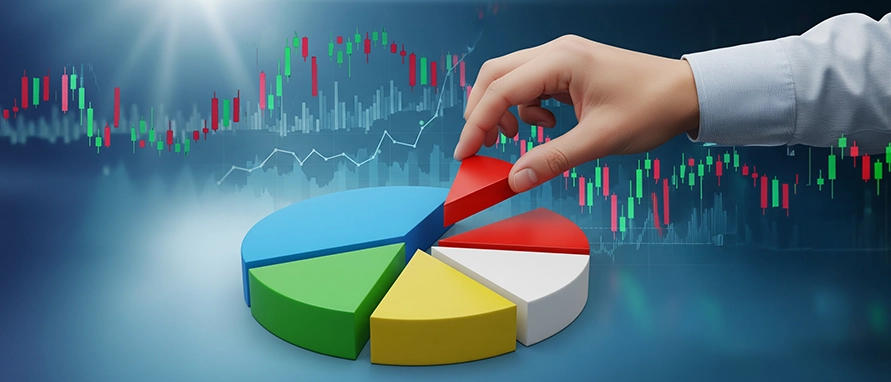
Nupur Wankhede
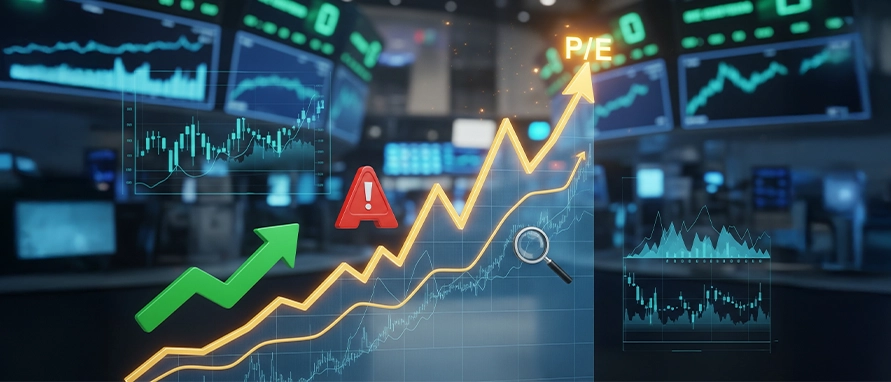
Nupur Wankhede
-Meaning-Importance.webp)
Nupur Wankhede

Anshika

Nupur Wankhede
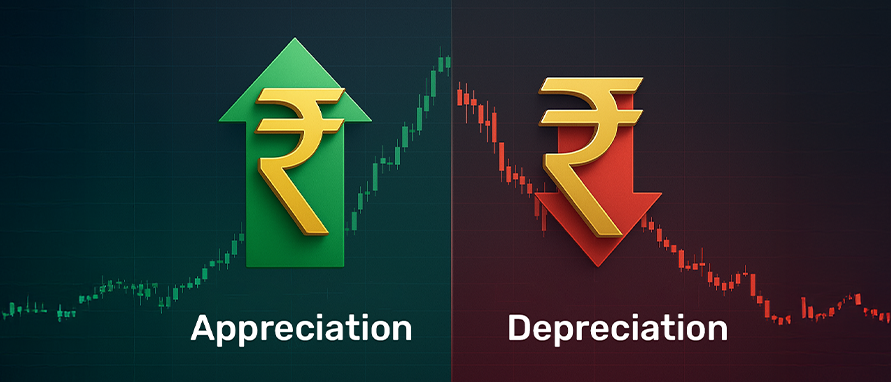
Anshika

Nupur Wankhede
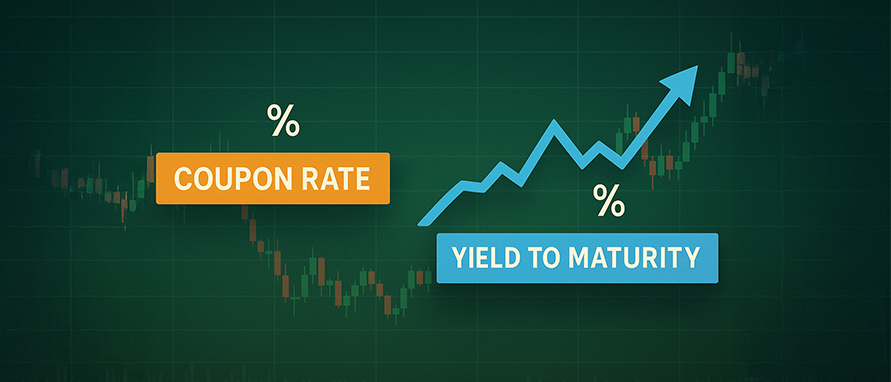
Nupur Wankhede
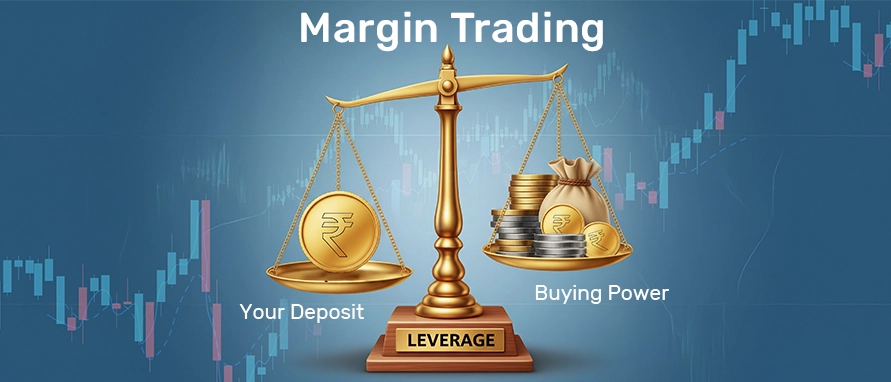
Nupur Wankhede

Geetanjali Lachke

Geetanjali Lachke

Geetanjali Lachke
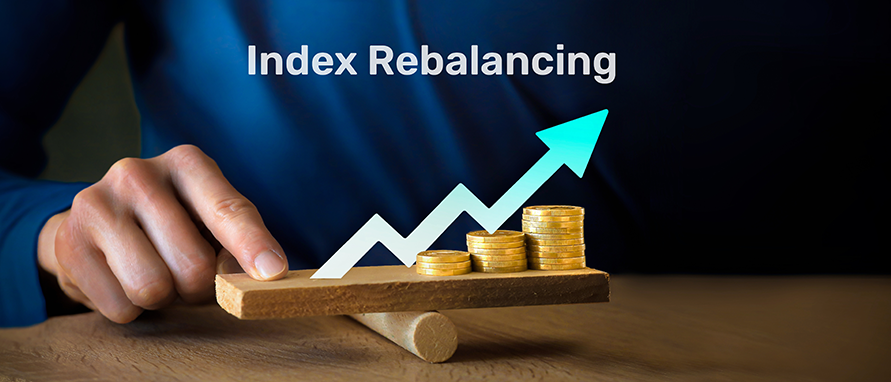
Anshika

Anshika
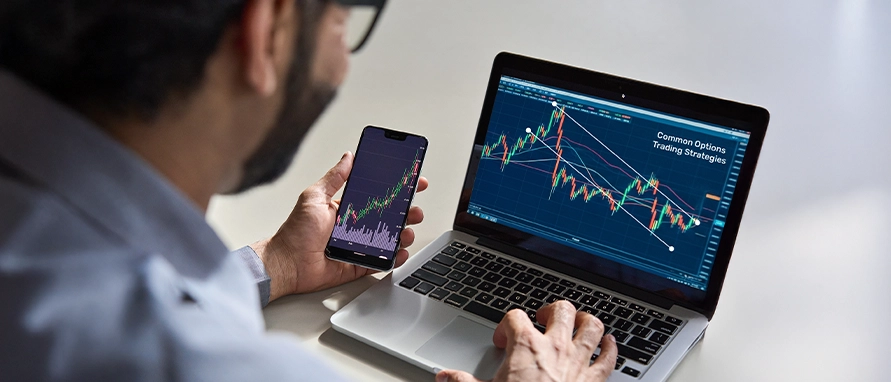
Nupur Wankhede
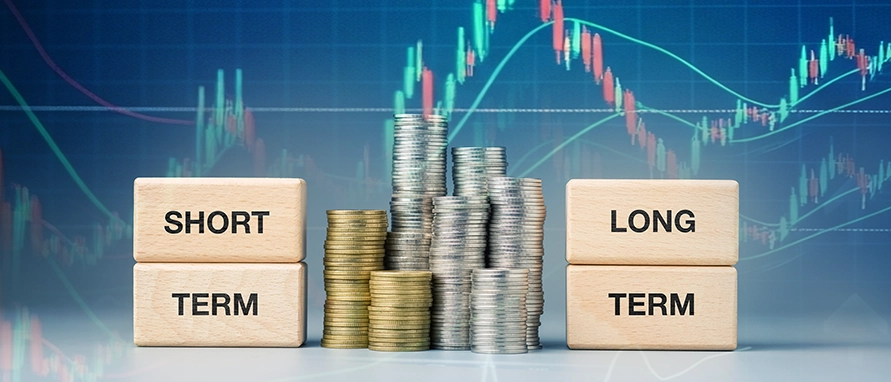
Nupur Wankhede
-portfolio.webp)
Nupur Wankhede
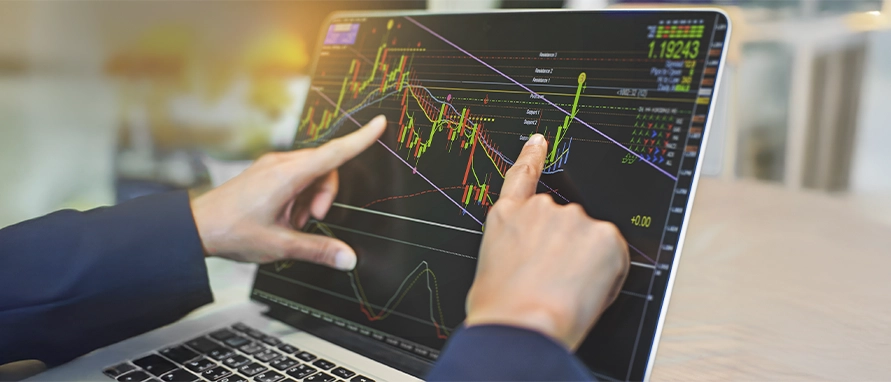
Anshika

Geetanjali Lachke

Geetanjali Lachke

Geetanjali Lachke

Geetanjali Lachke

Geetanjali Lachke

Roshani Ballal

Geetanjali Lachke

Geetanjali Lachke

Geetanjali Lachke

Roshani Ballal

Roshani Ballal

Geetanjali Lachke

Roshani Ballal

Roshani Ballal

Roshani Ballal

Roshani Ballal

Roshani Ballal

Roshani Ballal

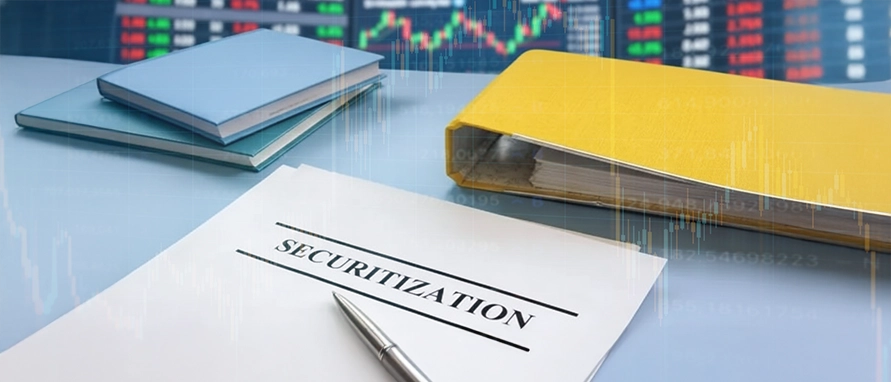
.webp)

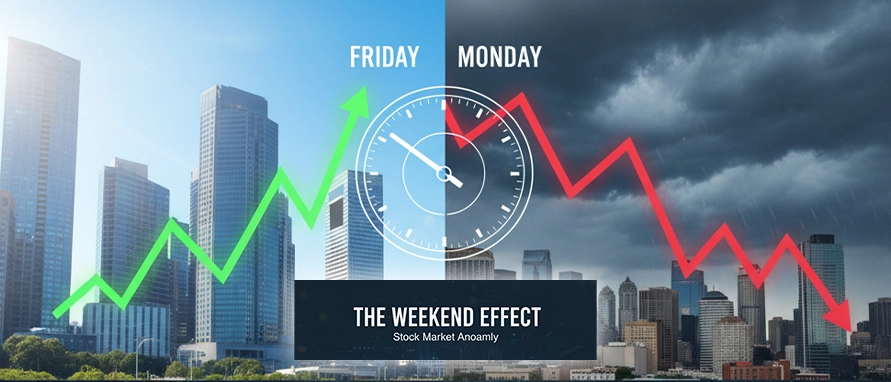



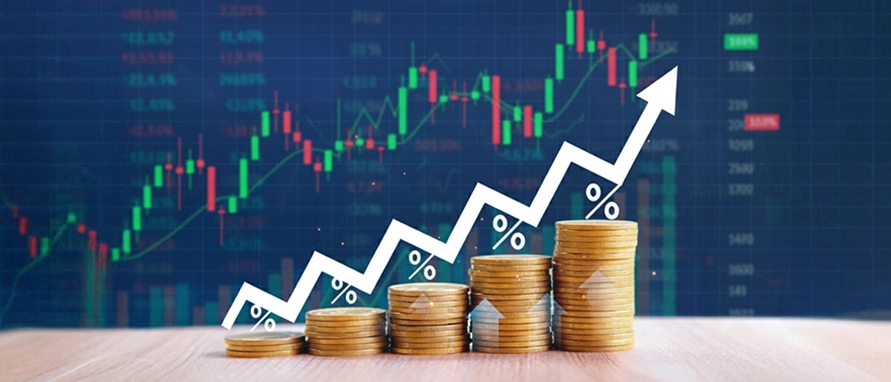




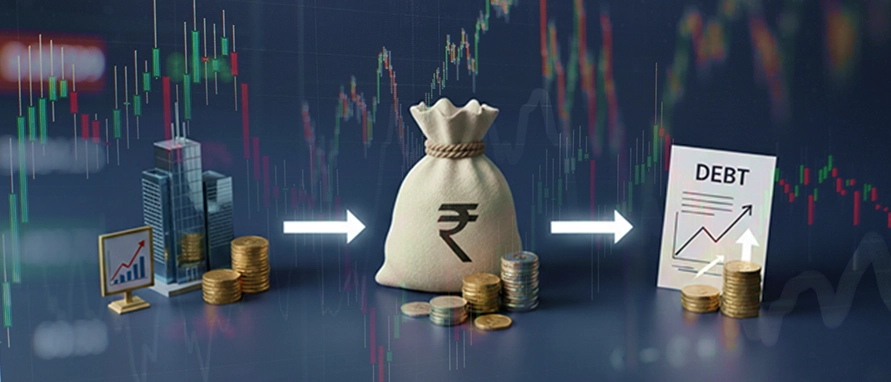




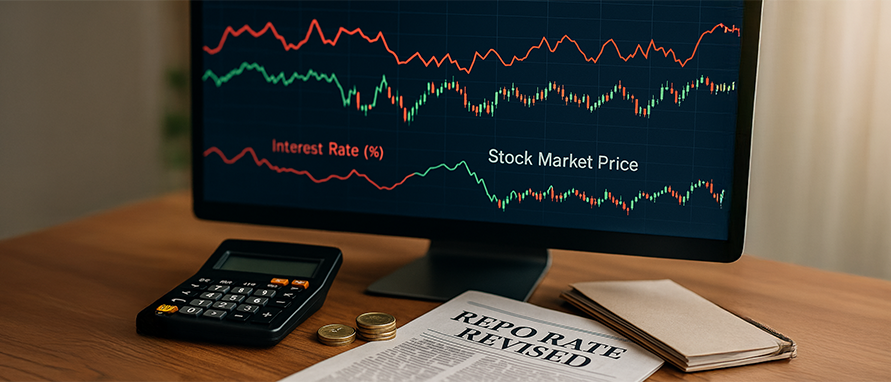








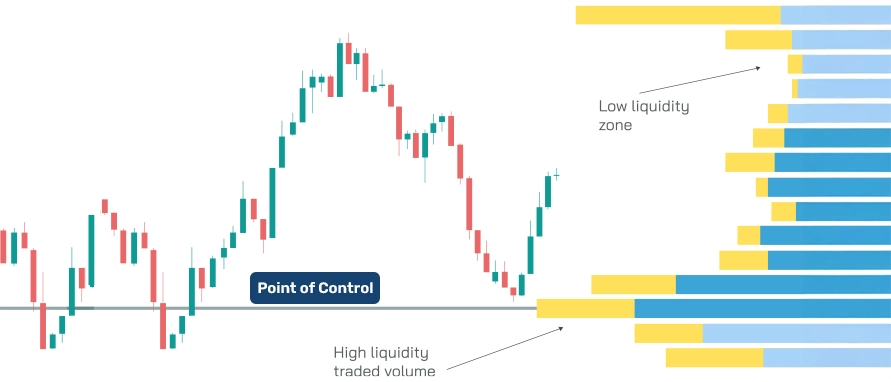
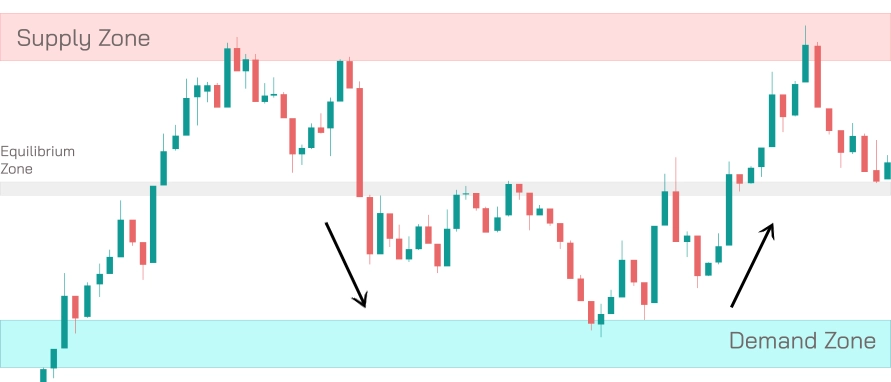

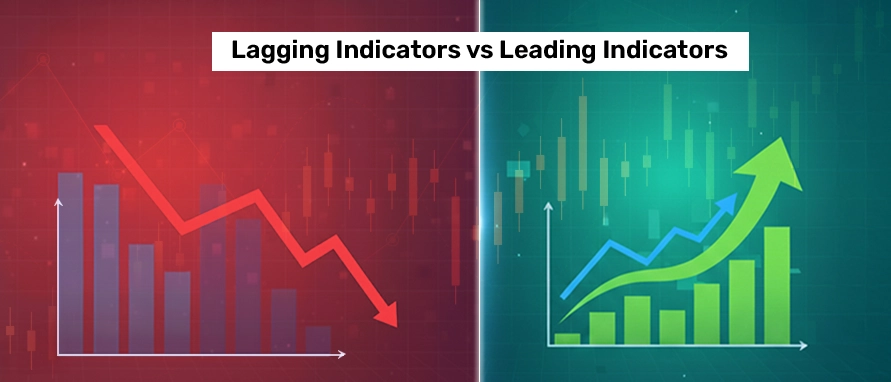
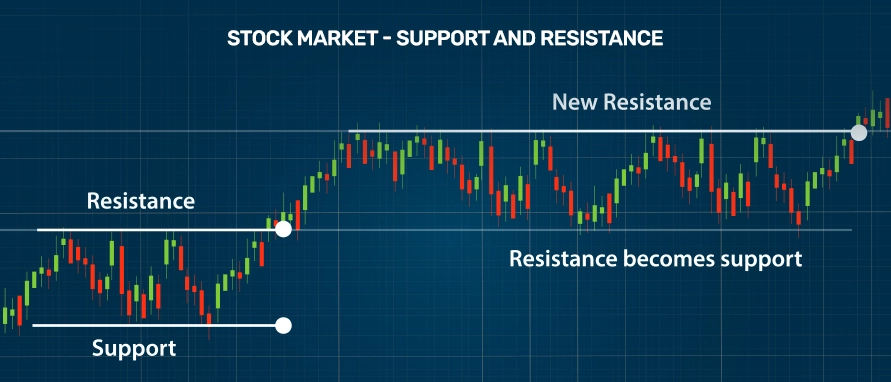
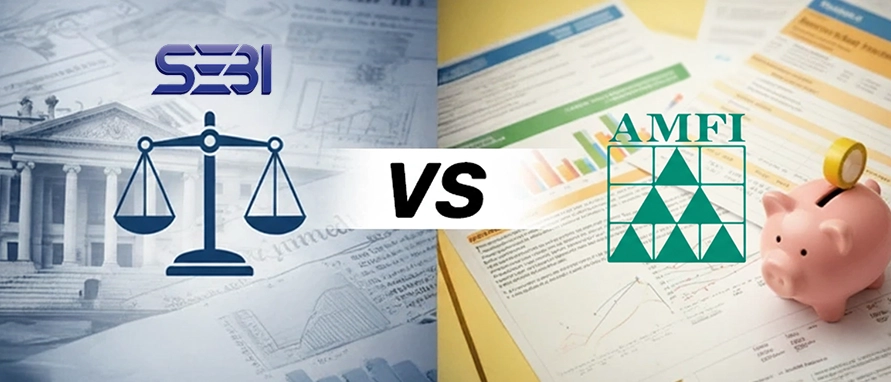




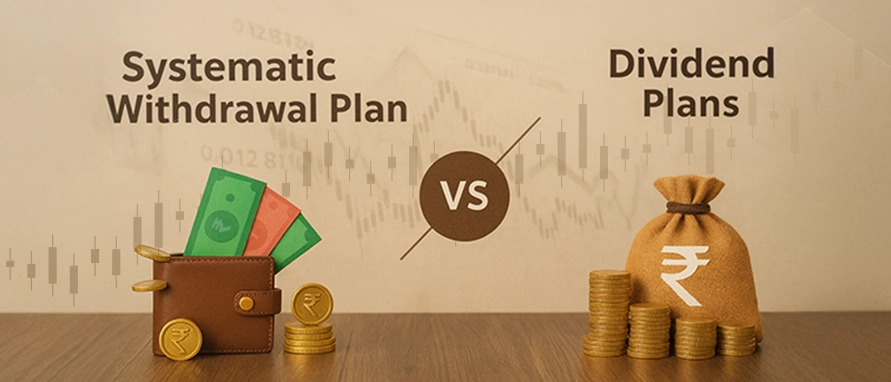
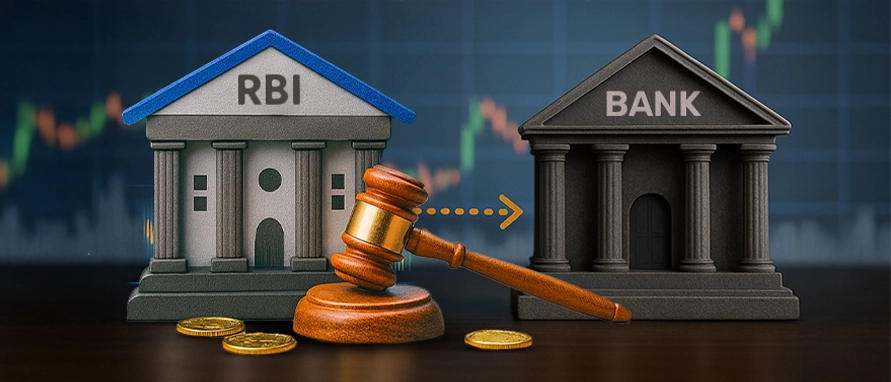
.webp)

.webp)
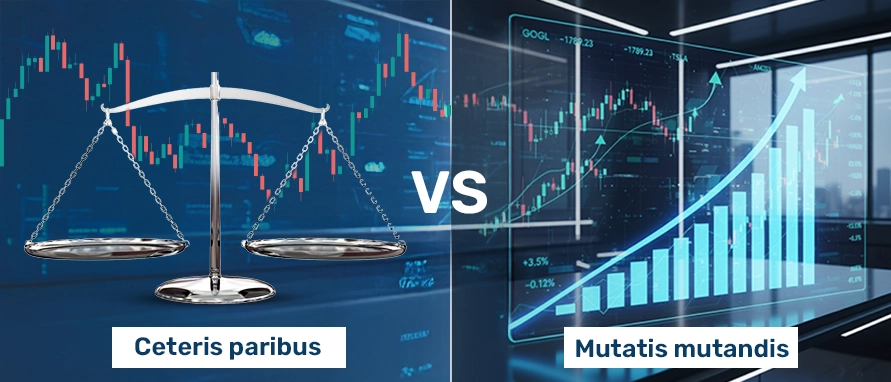
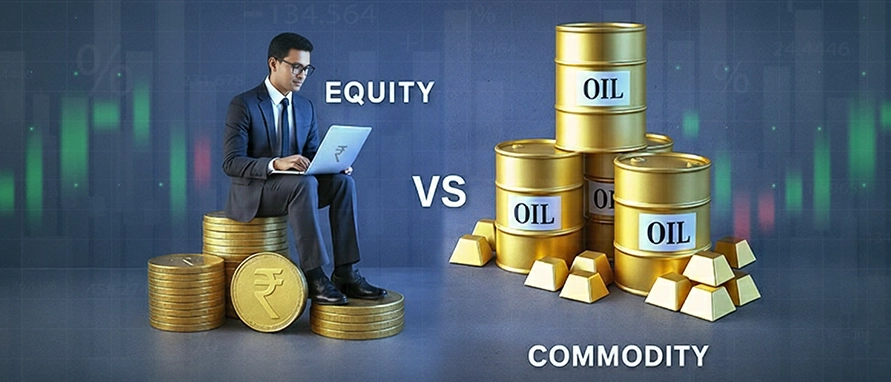


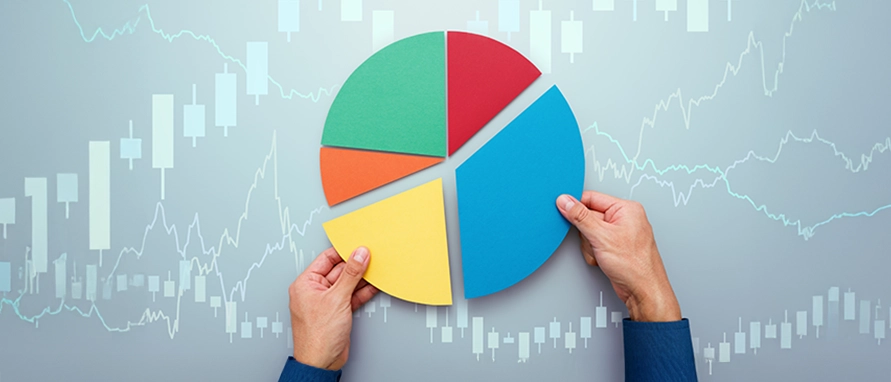
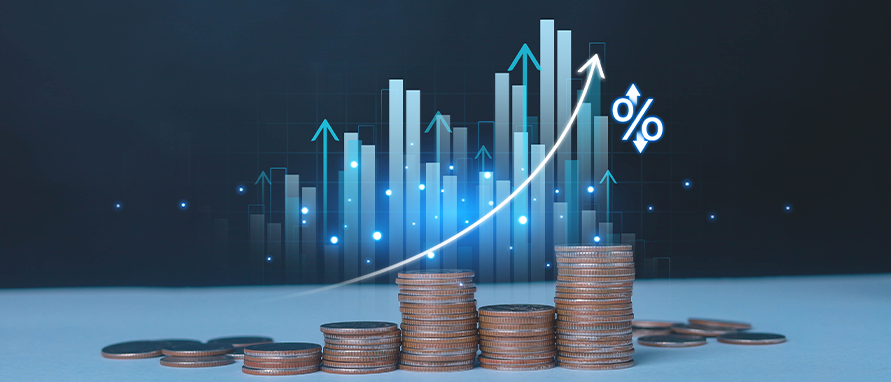



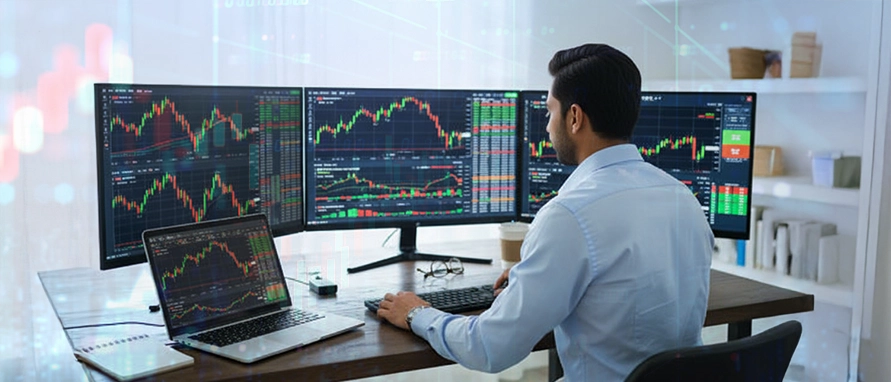






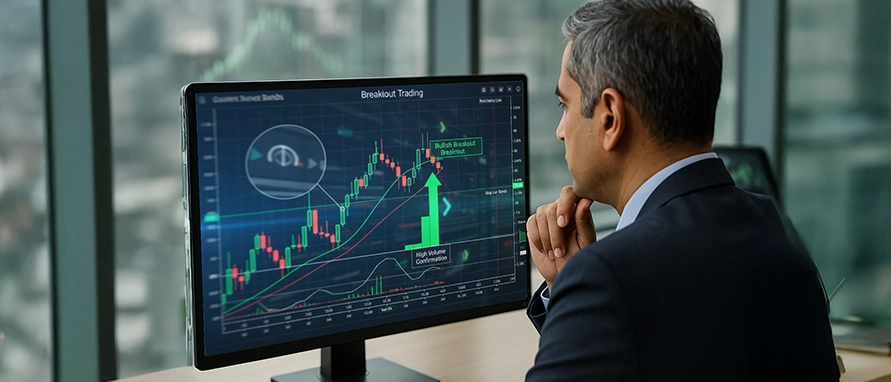
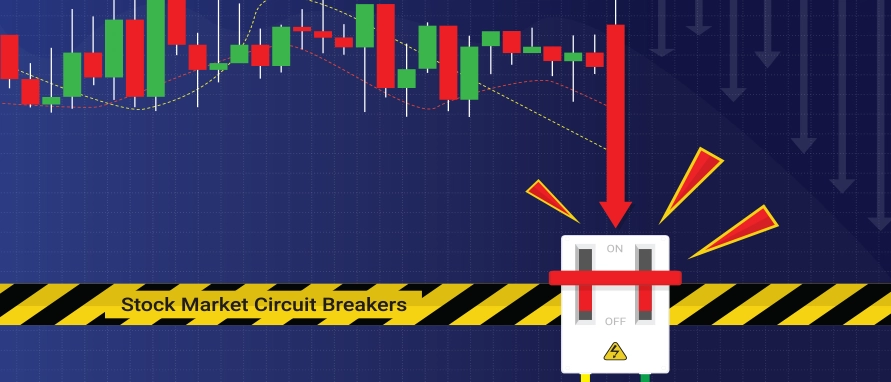



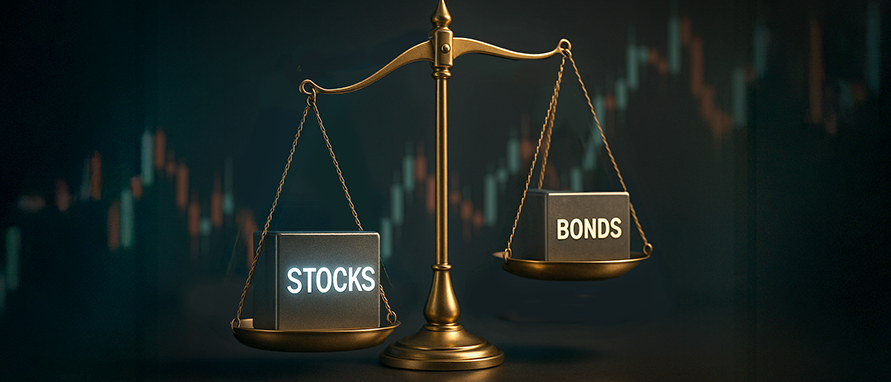
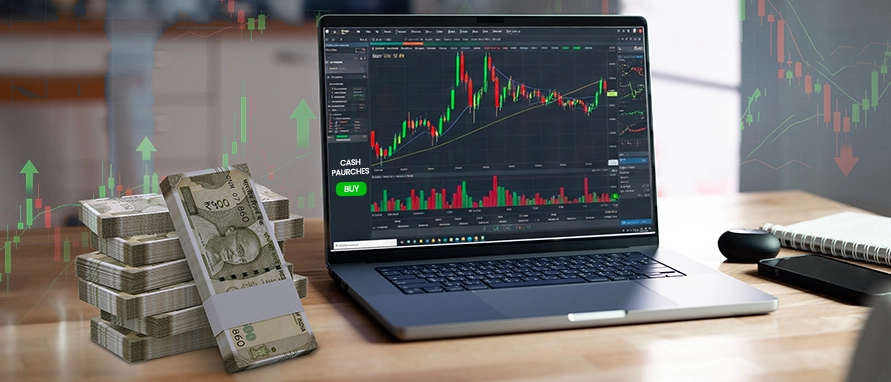





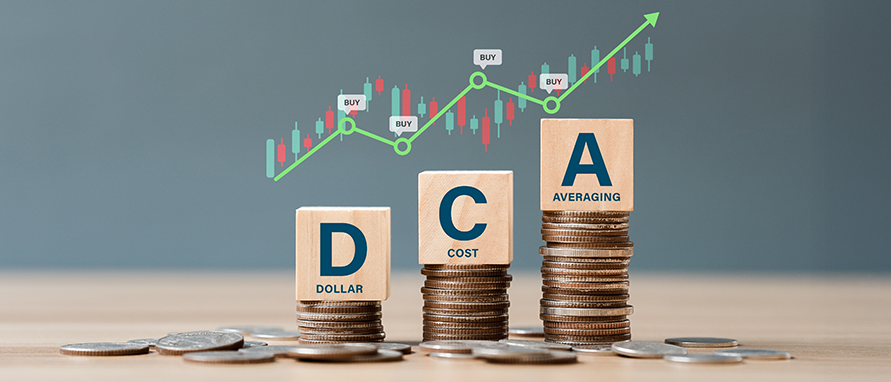


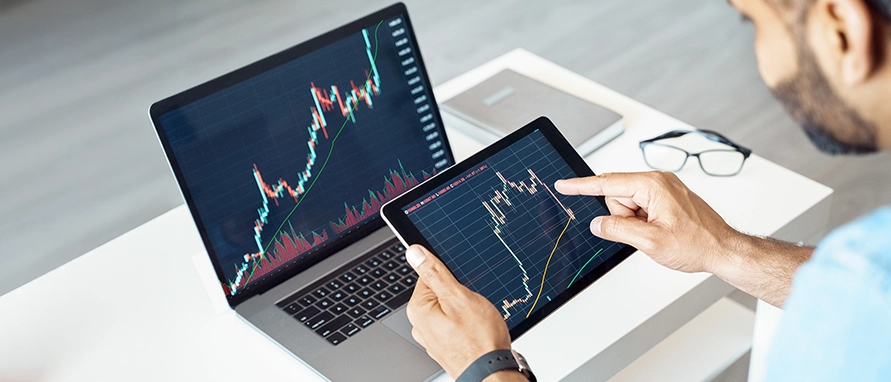

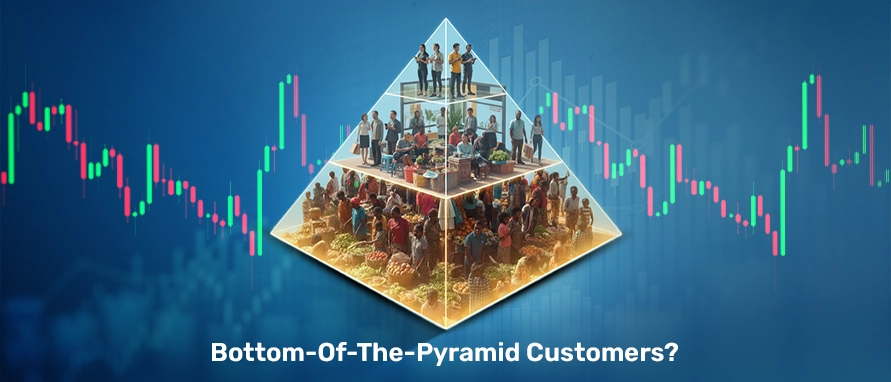
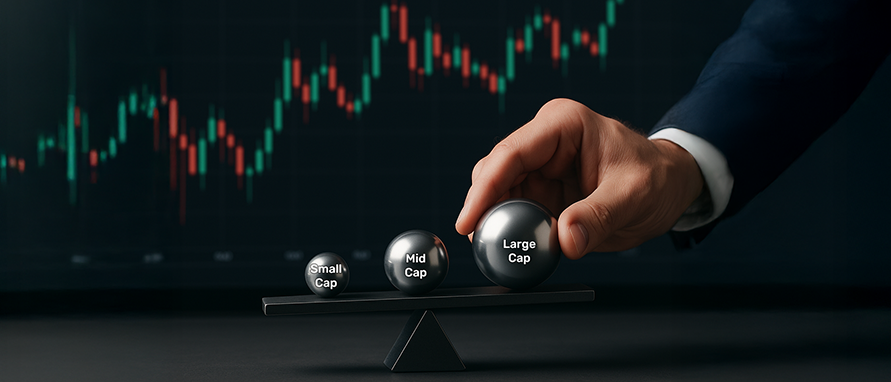






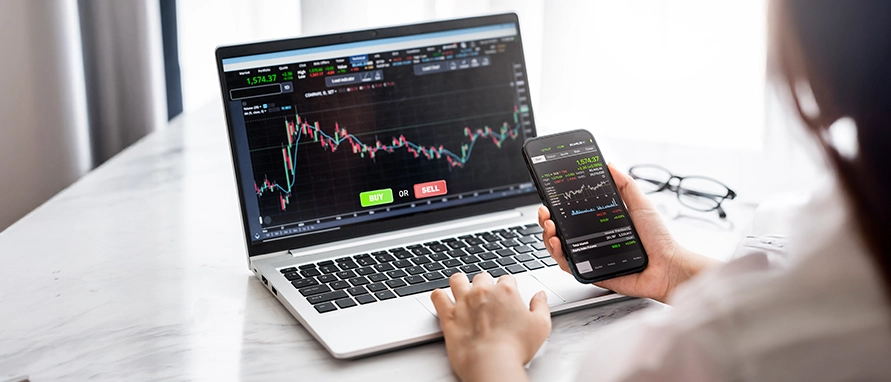


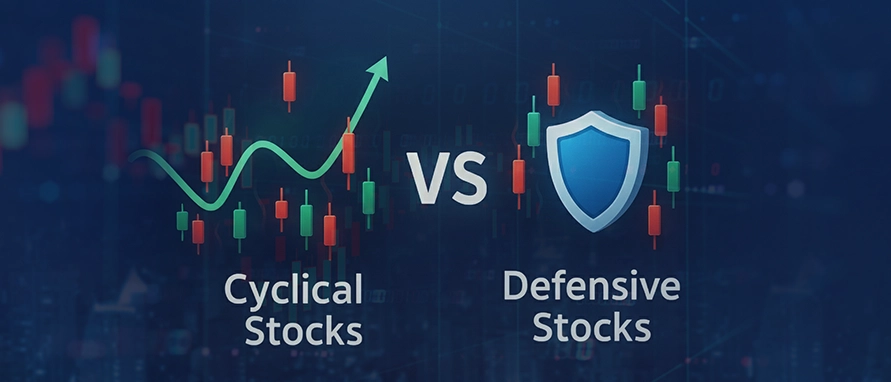
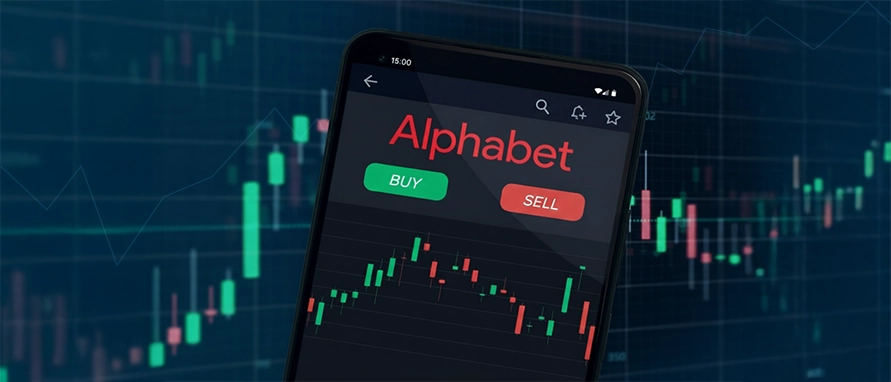

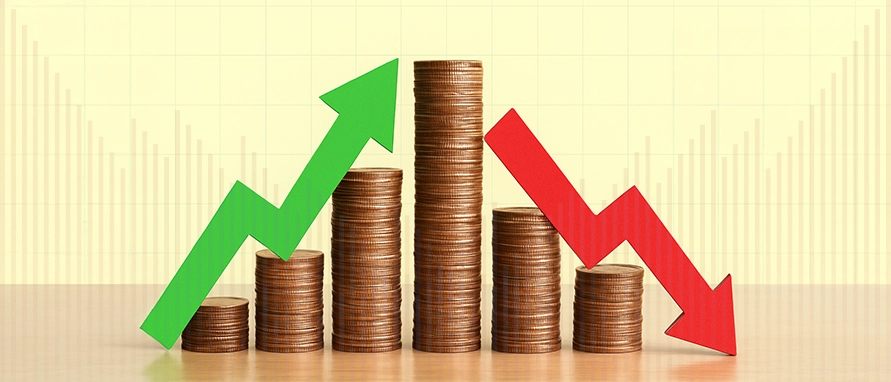

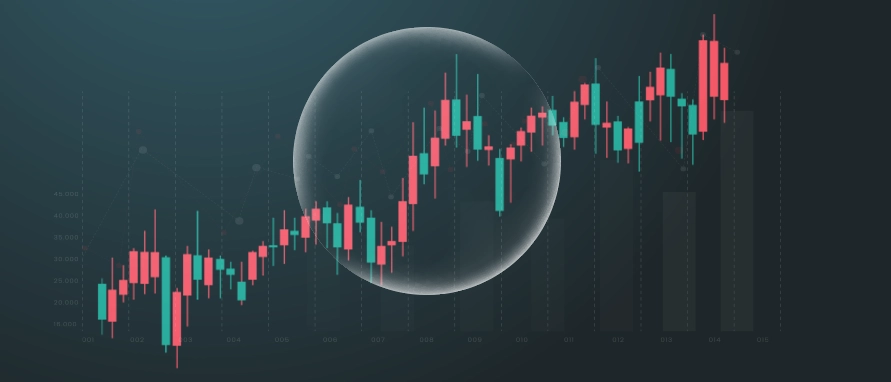


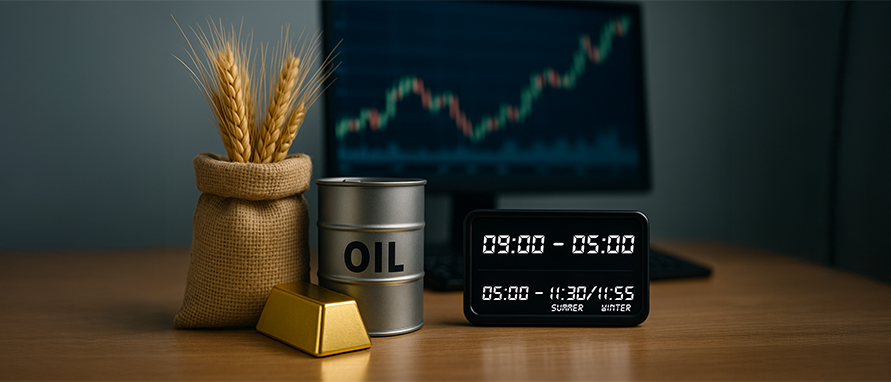
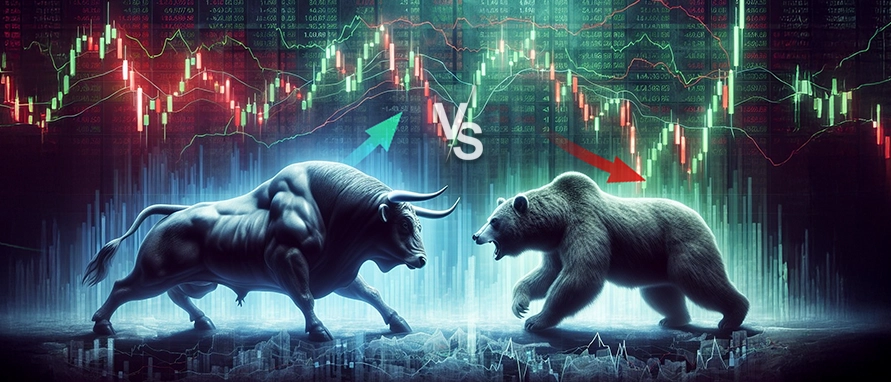

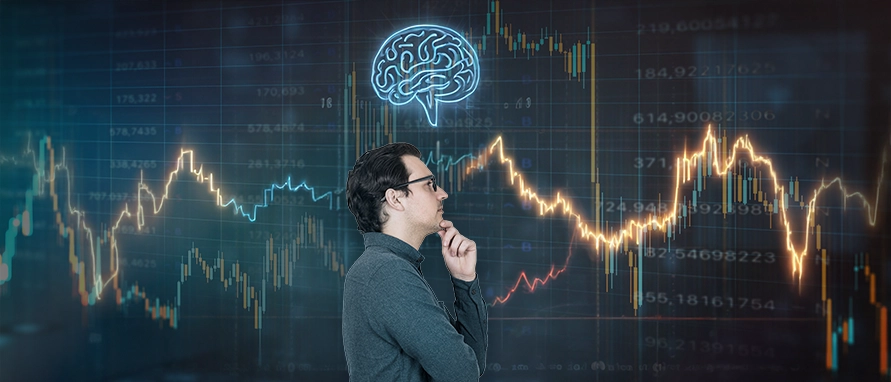
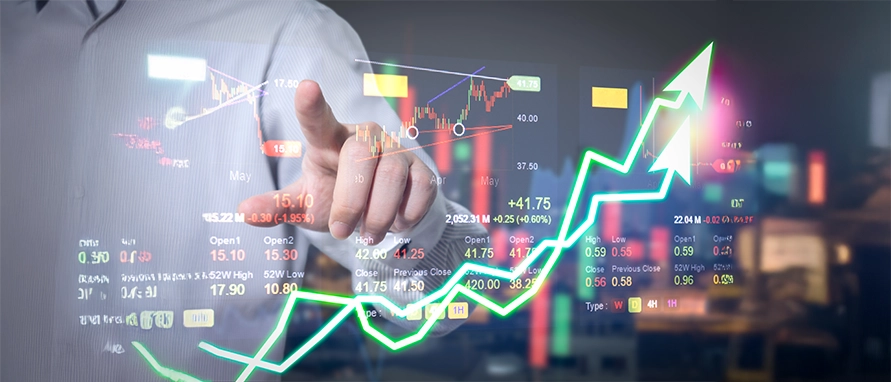

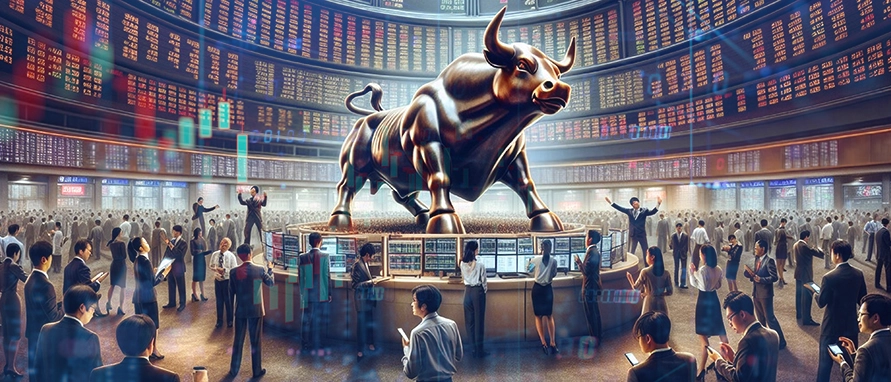

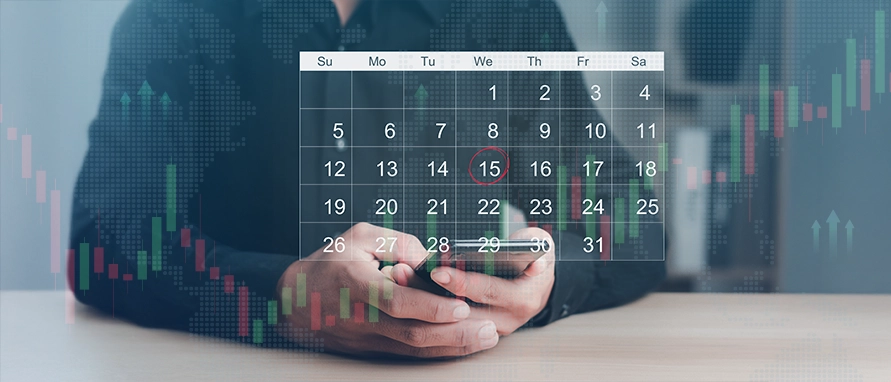






.webp)



.webp)


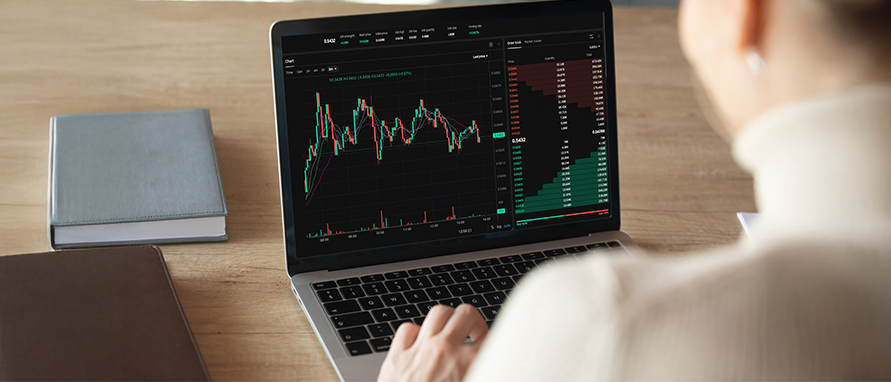

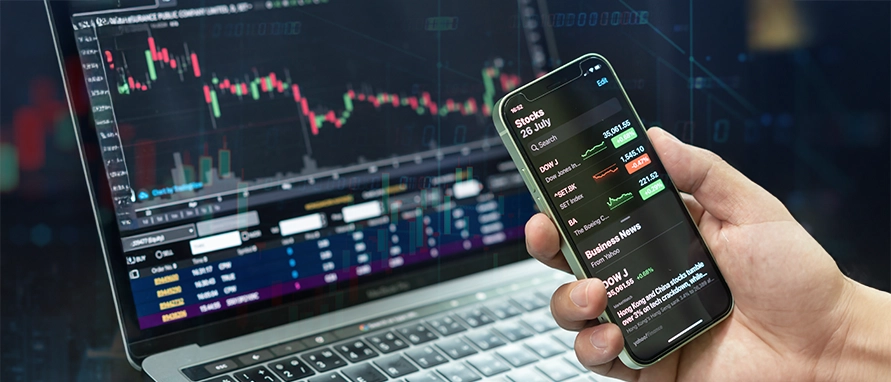
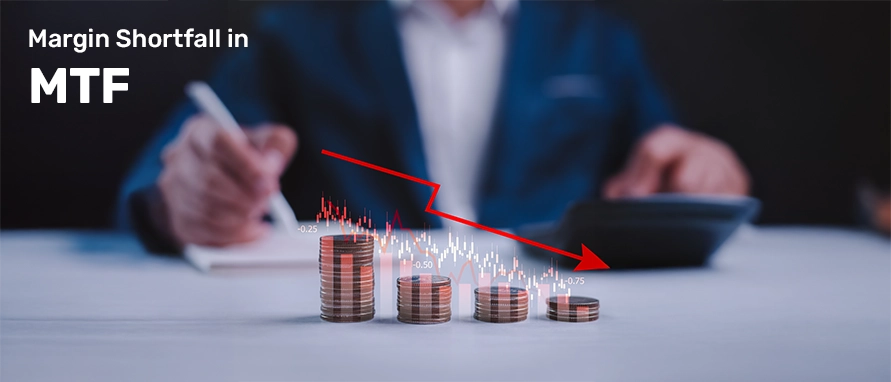
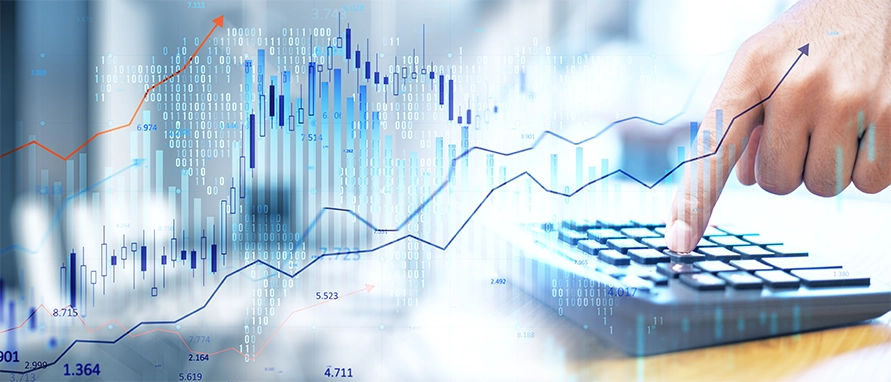




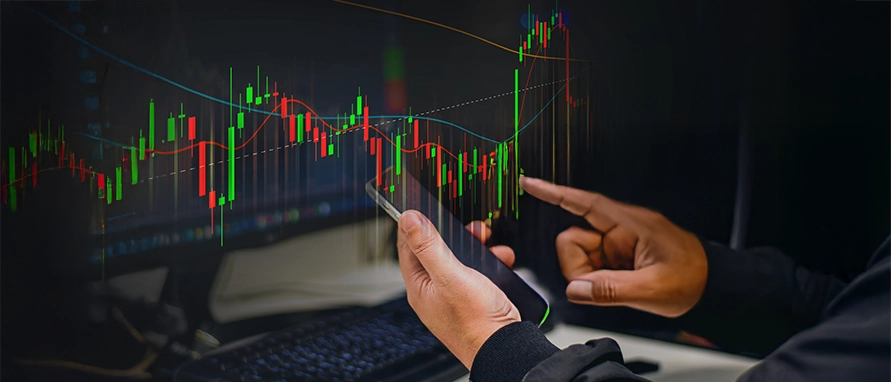
.webp)

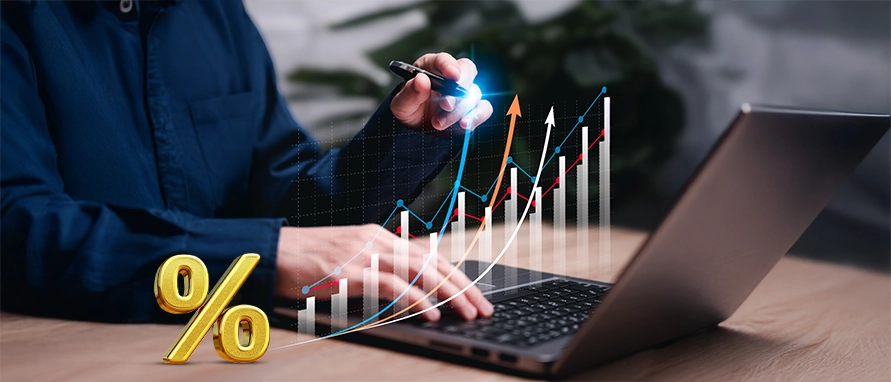
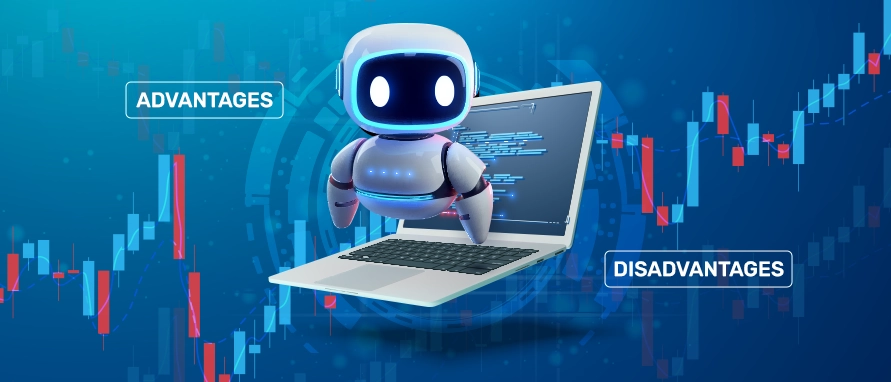
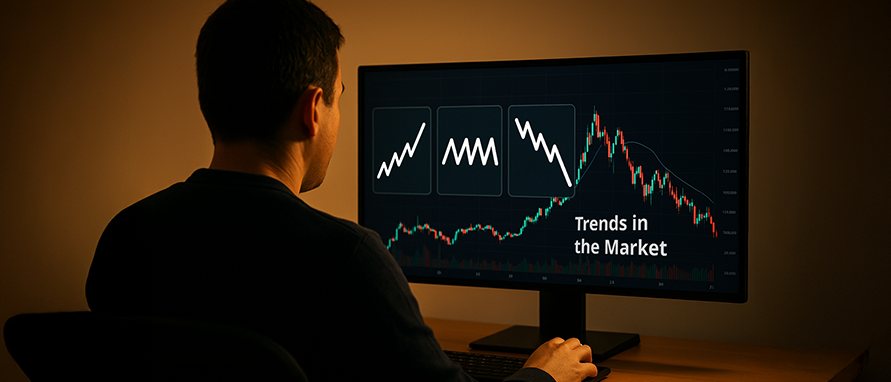
.webp)


